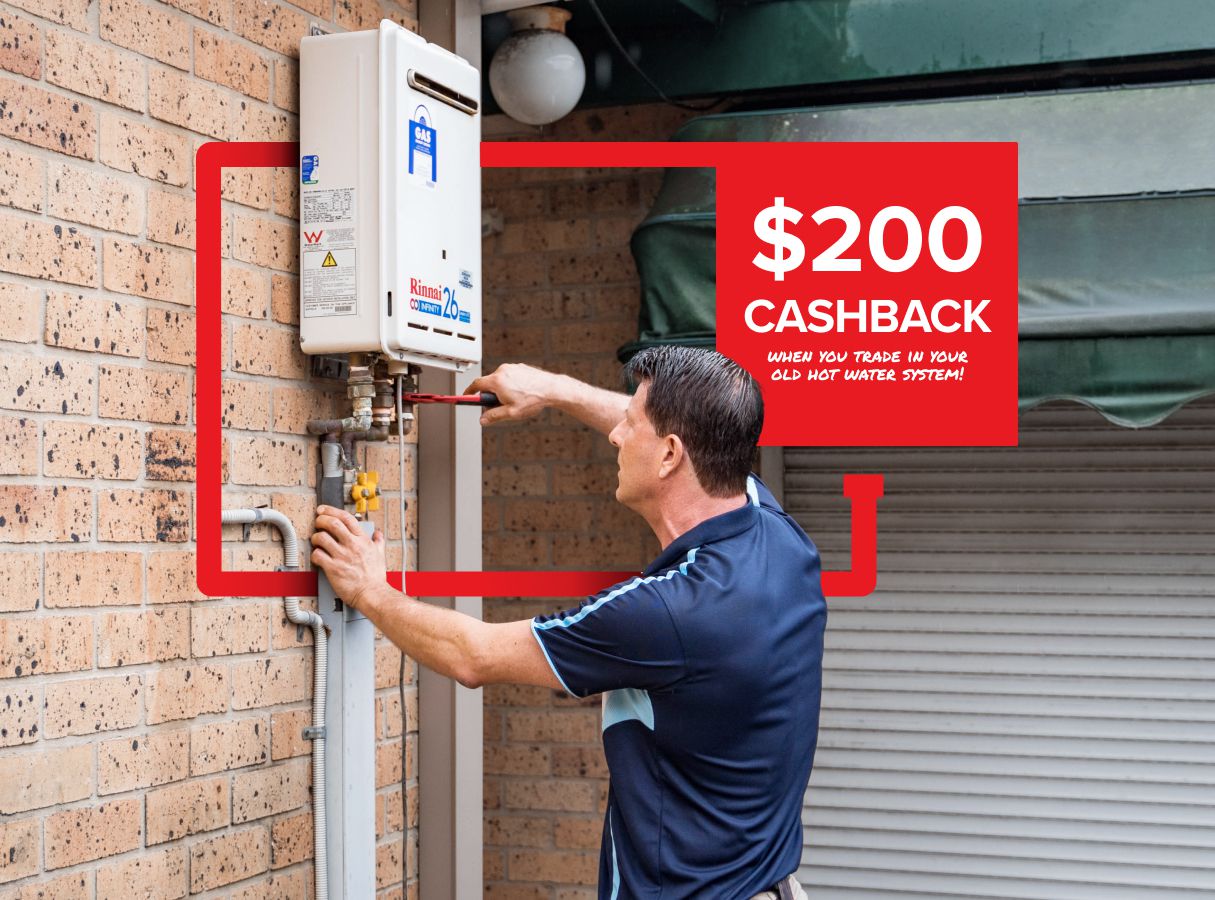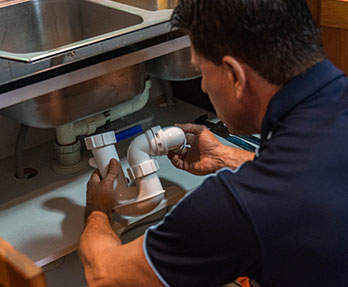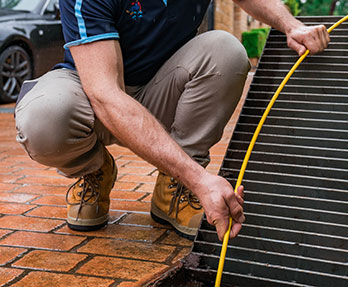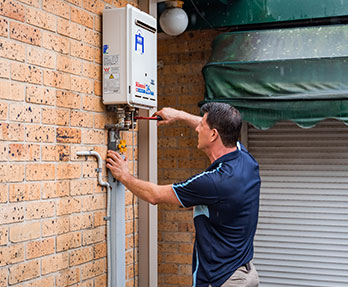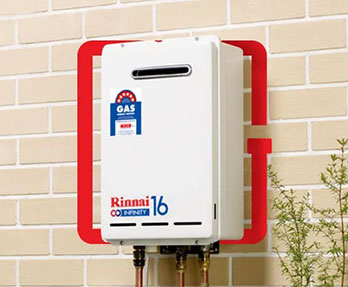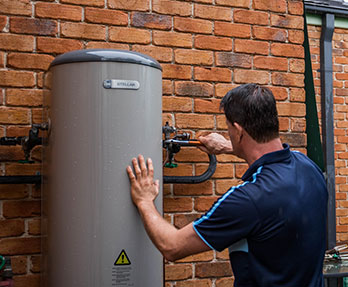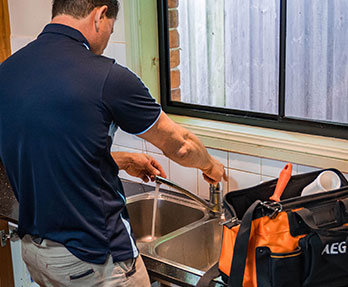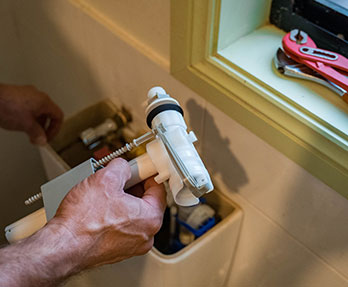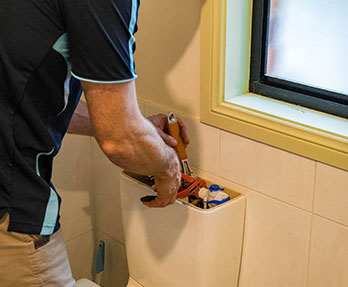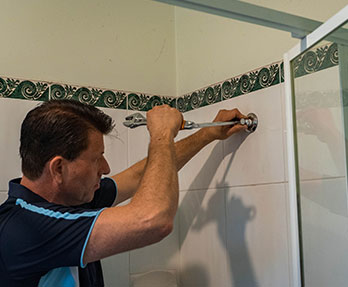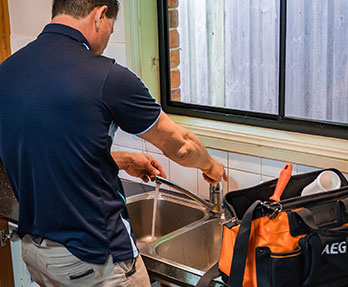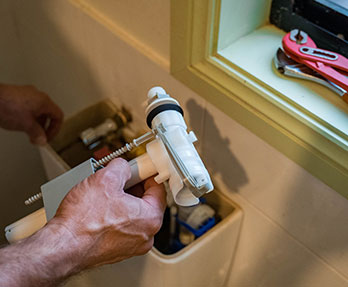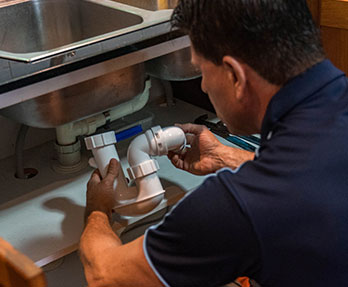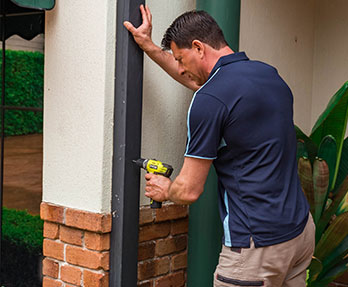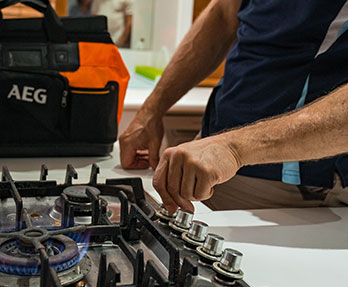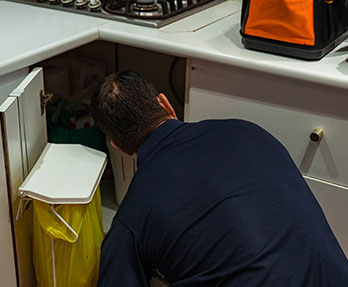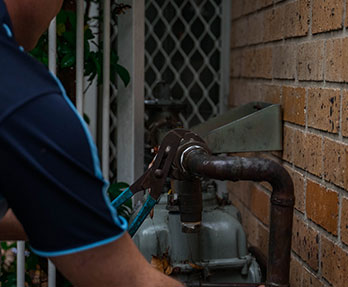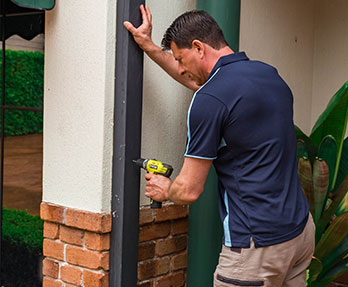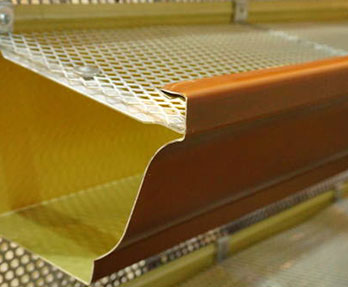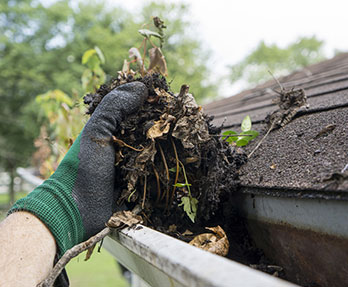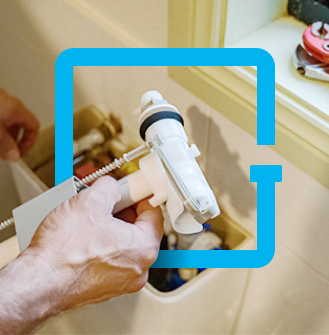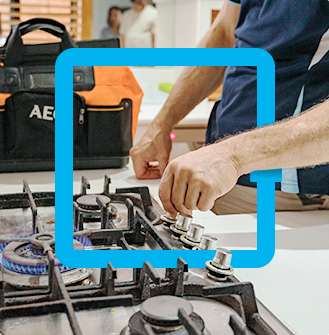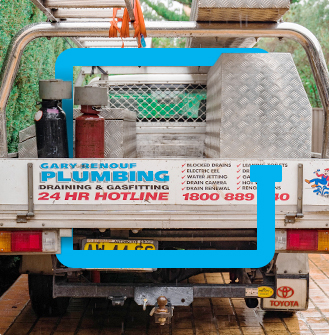We're Top Rated Sydney Plumbing Contractor who provide tailored services
Every business that has a plumbing system requires professional and reliable plumbers. Most business owners don’t consider this until theres a plumbing emergency and are forced to look for good plumbing contractors in a hurry.
At Gary Renouf, we encourage business owners to keep our number with them at all times so they can contact us the instant there’s a plumbing emergency. As one of the most reliable plumbing contractors in Sydney, we strive to provide prompt and efficient services to all our clients.
We also offer plumbing maintenance plans to keep your system clean and up-to-date. This will help you avoid big plumbing disasters.
100% Extensive Warranty on all Plumbing Work
Plumbing repairs and installations can go wrong and even the most experienced professionals can make mistakes. That's why we provide an extensive warranty on all of our plumbing work. We're confident about our workmanship guarantee, quality and expertise but have taken steps to protect our clients’ interests. If you’re not satisfied with the repairs or installations, don’t hesitate to call us immediately. Our friendly team will resolve the issue quickly and the warranty will cover related costs.
Our warranty coverage extends to:
- Water leaks
- Drain, gas, waste or vent lines
- Hot water installation and repairs
- Toilets and related parts
- Faucets, showerheads, shower arms, and valves
- Diverter valves, angle stops, risers and gate valves
- Hose bibs
- Basket strainers
- Built-in bathtub whirlpool motor, pump and air switch assemblies
- Sink, bathtub, shower and toilet repairs
You can discuss the warranty terms and application process with a dedicated customer care executive. We have a great track record for providing good-quality plumbing in Sydney so most clients don't need to use their warranty. Our experts double-check every job carefully to ensure there are no mistakes.
Our warrenty and comprehensive coverage covers the following services :-
Emergency Plumbing? We've Got You Covered 24/7
Plumbing issues can crop up at any time without any warning, which is why we provide 24 hours emergency services. If your pipe bursts, gutter cleaning or toilet overflows, call us immediately. We have always a customer care executive ready to handle client calls.
Oue executive will ask you questions about the situation and determine whether it needs immediate attention. Once we have all the required information, our executive will contact the nearest plumber and direct them to your location. Our emergency plumber Sydney team will arrive at your property in a fully equipped van, ready to handle all kinds of emergencies.
You can always count on us to provide dependable plumbing services at any hour - from repairs and maintenance to emergency assistance both in homes and businesses. we're always available for emergency plumbing, whether it’s:
- A public holiday
- A weekend
- The middle of the night or Saturday night
Want to Work with the Best Sydney's Plumber? Contact Us Now!
We have an excellent emergency response system in place so you can call us at any time and expect assistance. We also have the equipment and manpower required to handle plumbing issues or emergencies easily. Every job will be handled professionally and you will find that our personnel work in a methodical, professional and meticulous manner.
If you’re looking for a reliable plumber in Sydney, reach out to us at Gary Renouf Plumbing , we work 24 hours a day 7 days a week. You can give us a call 1800 889 440 or book our services online through the contact form.









